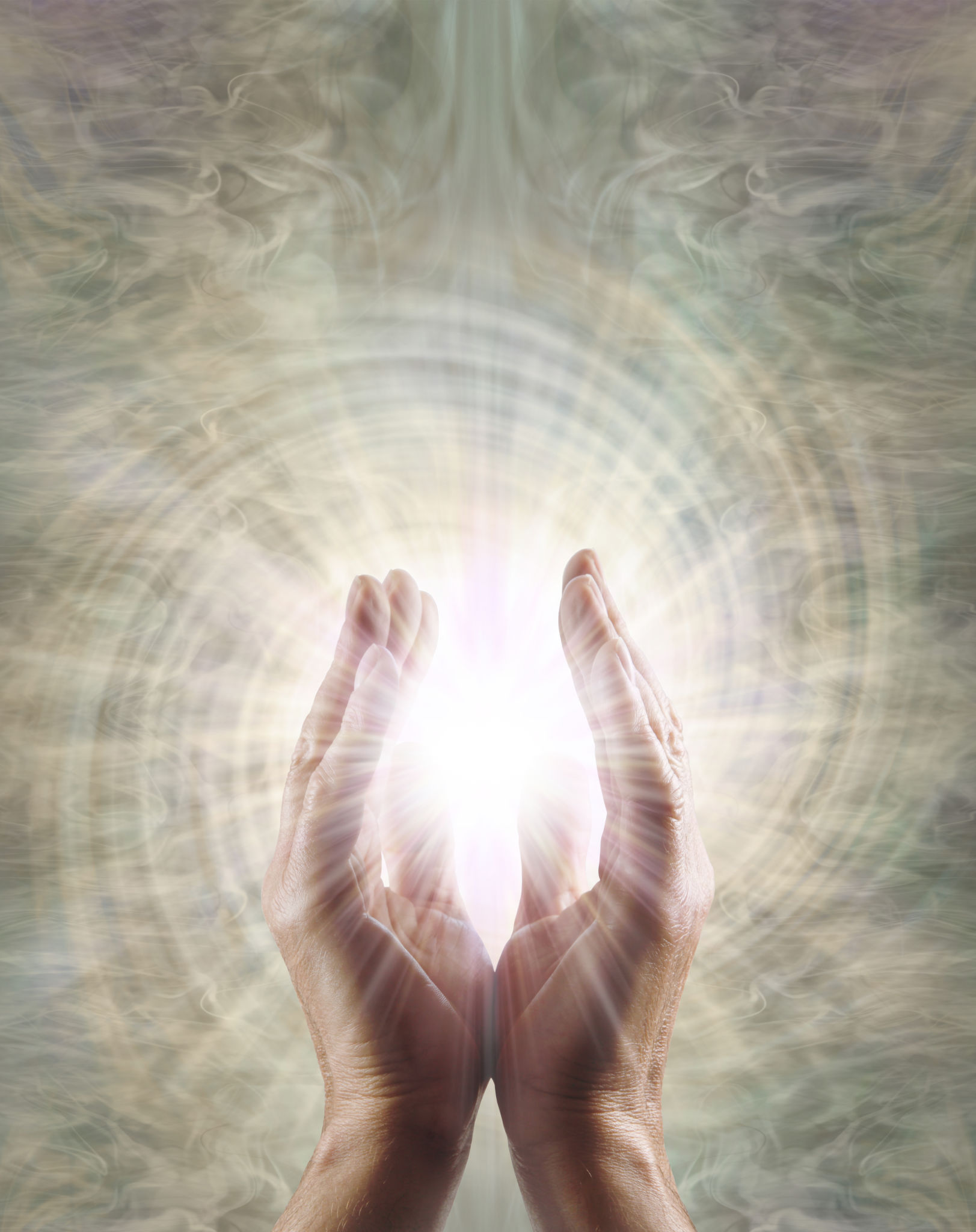Demystifying Reiki: Common Misconceptions and How to Understand Them
Understanding Reiki
Reiki, a form of alternative therapy commonly referred to as energy healing, has its roots in Japanese culture. This holistic practice aims to promote balance and well-being by channeling energy through touch. Despite its growing popularity, many misconceptions surround Reiki, often leading to misunderstandings about its principles and efficacy.

Misconception: Reiki is a Religion
One of the most prevalent misunderstandings is that Reiki is a religious practice. In reality, Reiki is a spiritual practice rather than a religious one. It does not adhere to any particular belief system and can be practiced by individuals of any faith or none at all. The primary focus of Reiki is on energy flow and healing, not religious doctrine.
Reiki practitioners believe that energy imbalances can lead to physical, mental, and emotional issues. By channeling energy, they aim to restore harmony and promote healing. It's essential to understand that while Reiki may have spiritual elements, it does not require any specific religious beliefs.
Misconception: Reiki is a Form of Massage
Another common misconception is that Reiki is akin to massage therapy. While both involve touch, the two practices differ significantly in technique and purpose. Massage therapy involves manipulating muscles to relieve tension and pain, whereas Reiki focuses on energy flow without physical manipulation of the body’s tissues.

During a Reiki session, the practitioner lightly places their hands on or near the recipient's body, allowing energy to flow through their palms. This gentle process is intended to balance the recipient’s energy fields, fostering relaxation and healing without direct physical intervention.
Misconception: Reiki is Only for Physical Healing
Reiki is often associated with physical healing, but its benefits extend beyond the physical realm. This practice can also aid in emotional and mental well-being by helping individuals manage stress, anxiety, and emotional blockages. Many people report feeling more relaxed, centered, and at peace after a session.
Reiki's holistic approach considers the interconnection of body, mind, and spirit. By addressing energy imbalances on all levels, practitioners aim to promote comprehensive healing and well-being.

Understanding the Role of the Practitioner
A crucial aspect of Reiki that often leads to confusion is the role of the practitioner. Unlike medical professionals who diagnose and prescribe treatments, Reiki practitioners act as channels for energy. They do not claim to cure ailments but rather facilitate the body's natural healing processes.
Reiki sessions are typically non-invasive and can complement traditional medical treatments. Many people choose to incorporate Reiki into their wellness routines as a supplementary practice.
The Importance of Personal Experience
Ultimately, understanding Reiki requires personal experience. Many misconceptions arise from assumptions rather than firsthand knowledge. For those curious about Reiki, trying a session can provide insight into its effects and potential benefits.
Reiki offers a unique approach to well-being that emphasizes balance and harmony. By dispelling common misconceptions, individuals can gain a clearer understanding of this ancient practice's true nature and potential impact on health and wellness.